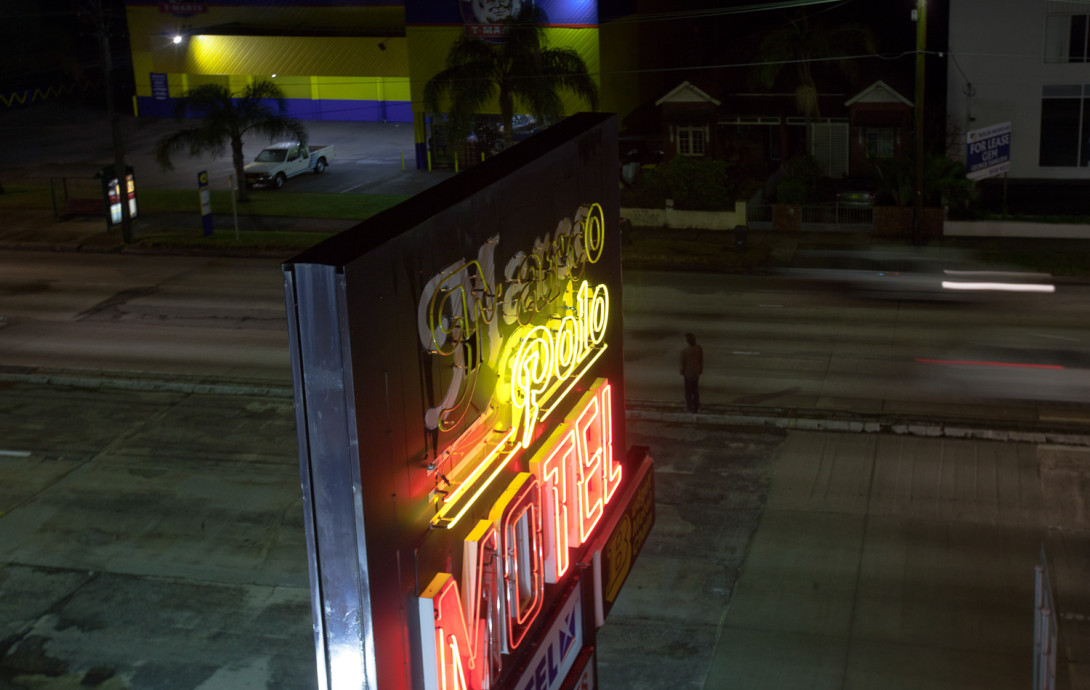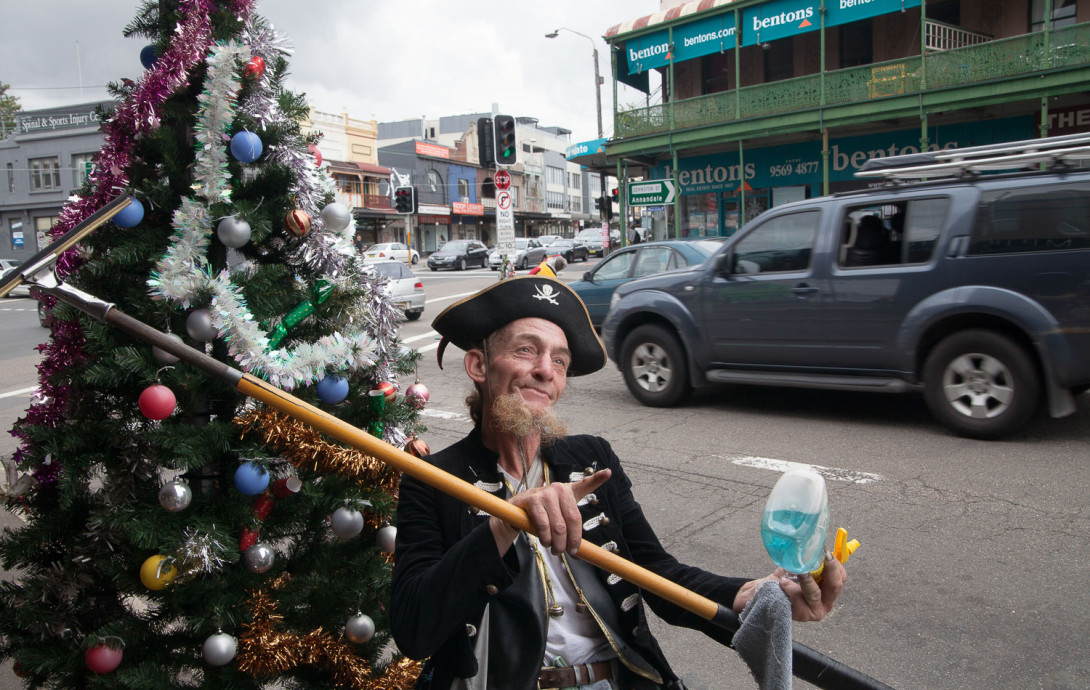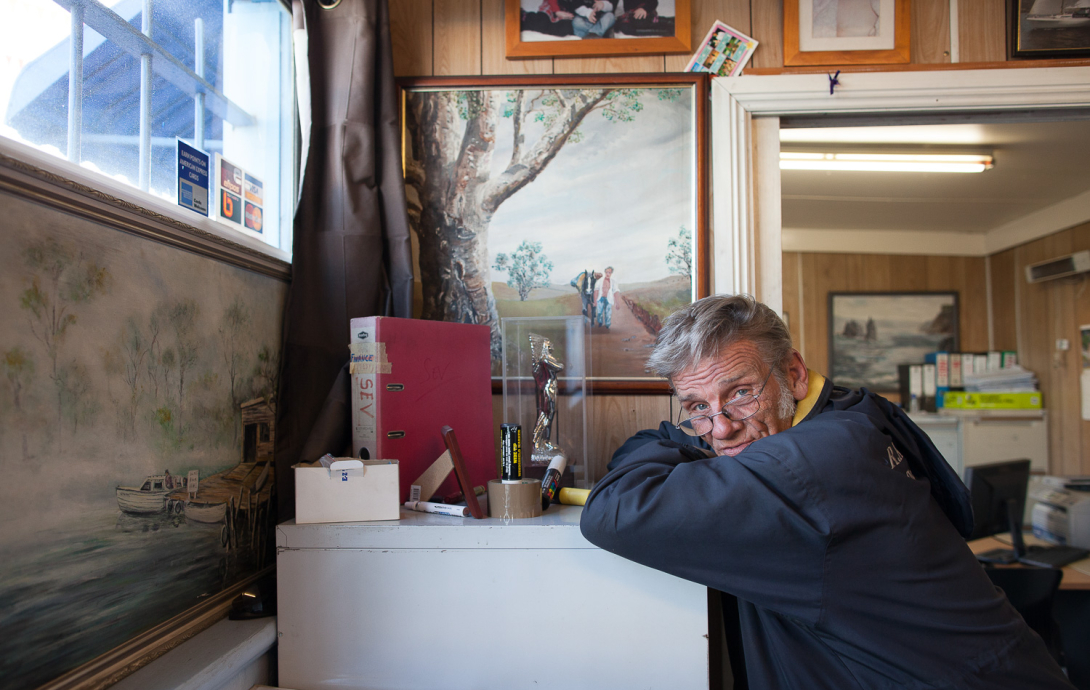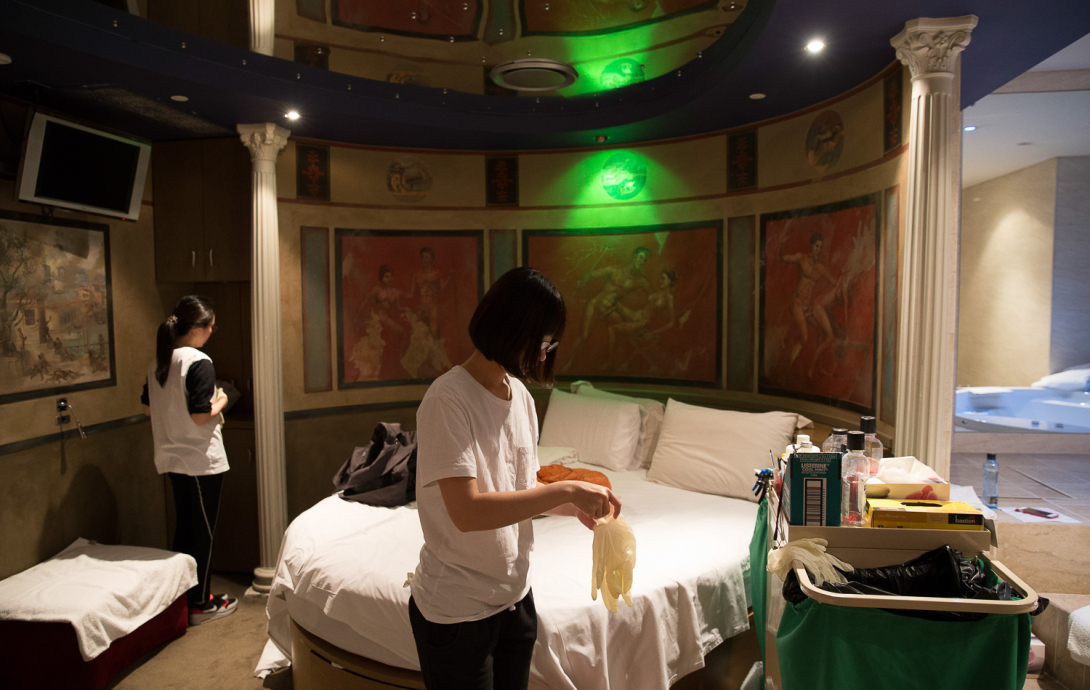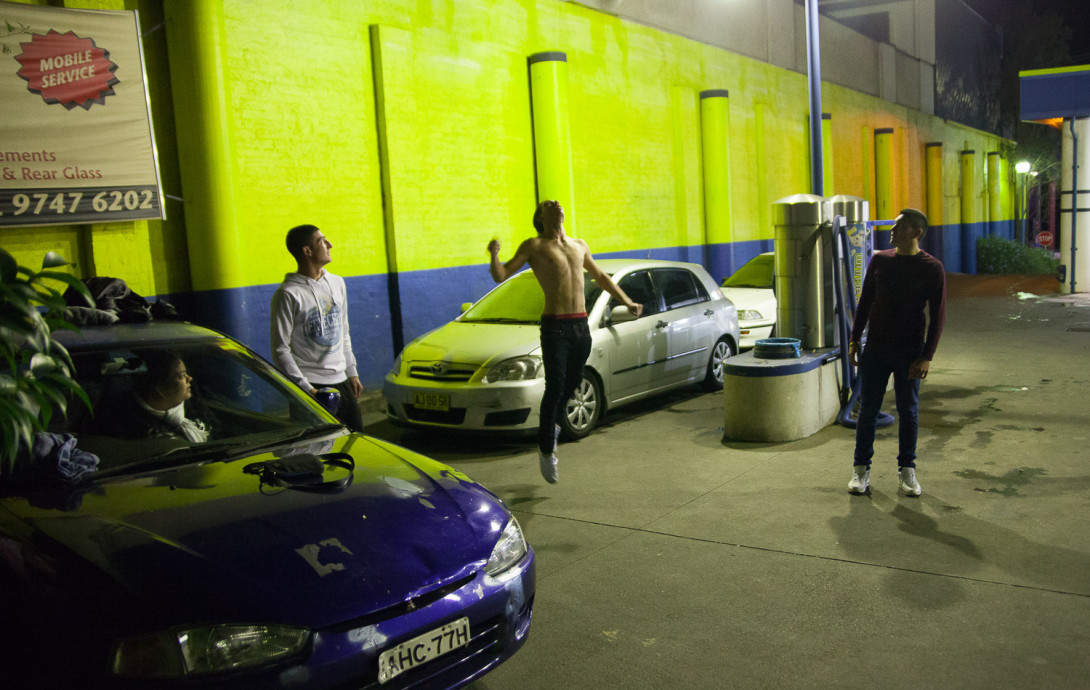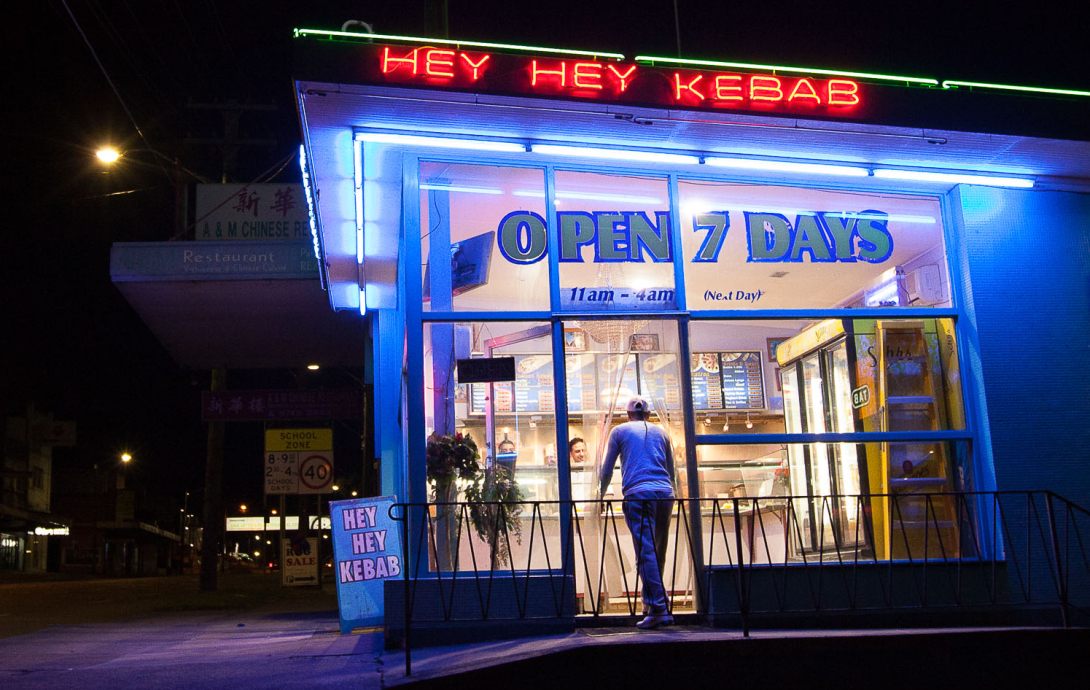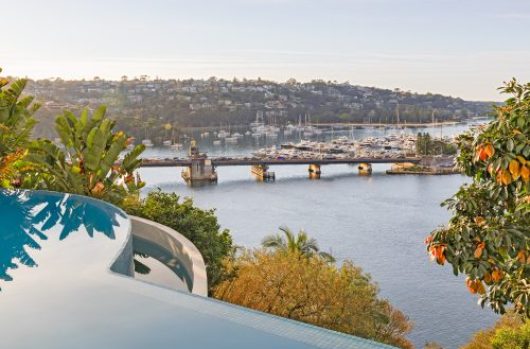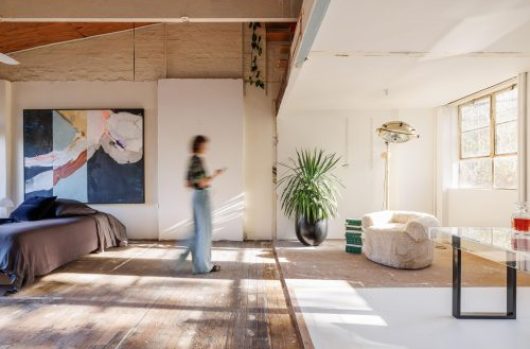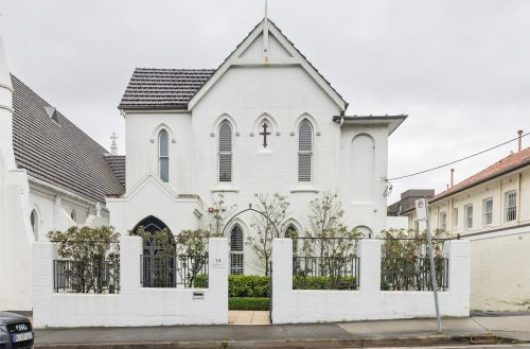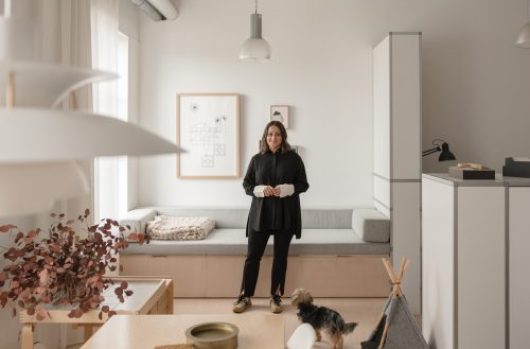
Part one: Parramatta Road
“Nightmare”, “avoid”, “two hours stuck in traffic”: ask people to describe Parramatta Road and these are some responses you’re given. Australia’s first highway is as historic as it is inevitable – reading like a timeline of the city, as it slingshots through some twenty Sydney suburbs. For motorists, it’s a hellhole and it’s hard to see past the congestion and concrete. But what happens if you get out of the car? That’s when it becomes really interesting.
The Marco Polo motel on the Summer Hill border? “It’s my favourite hotel in the world!” says Sydney photographer Lyndal Irons, who has been documenting Parramatta Road for six years. “Maybe it’s not everyone’s idea of a great time, but having my own little penthouse up there on the rooftop – drinking wine as the sun sets and the neon comes on – is fantastic.” Eat your heart out, Palm Springs.
For Lyndal, the Marco Polo symbolises much of what’s great about Parramatta Road. For starters, it’s something of a landmark: Lyndal grew up in Sydney’s northwest and – from the pink florist in Burwood to the orange Kennards building in Petersham – these unlikely icons became milestones on the journey to the city. Then there’s the heritage aspect: in time, all things change, and Parramatta Road itself is in a continuous state of flux.
But some things stay the same and keep their spirit intact. “It’s just a classic motor inn which doesn’t really exist that close to Sydney anywhere else in the same way,” says Lyndal. “[One of those places] that smells a bit like old smoke and disinfectant.” And on top of that, there are the guests: “You meet all kinds of people coming in and out.”
Lyndal has exhibited images from her ongoing series On Parramatta Road at Leichhardt’s Articulate Project Space and, most recently, at SUNSTUDIOS in Alexandria. She acknowledges the grime and pollution; that this “concrete stretch of cars and road … can be pretty relentless”. But the magic lies behind the strange little doorways, she says, and the lives and stories of the people behind them. “I guess my series has just been a matter of nudging the doors and seeing what’s open and what’s not.”
This approach has led her to the weird and wonderful: to a left-handed guitar shop and The Irish Shop that “just sells Irish stuff.” “I keep thinking not many people would just be walking down Parramatta Road needing something Irish all of a sudden,” she laughs. To the Nikki Webster dance school, the Stiletto brothel, McDonald’s at midnight and the many car yards that populate the road. Working in one, was a man who had replaced Gary Numan in the 70s London new wave band Tubeway Army, Lyndal recounts. “A lot of people end up on Parramatta Road who you wouldn’t expect!”
During last year’s Sydney Fringe Festival, the photographer even had her own shopfront in Annandale. As artist-in-residence at 121 Parramatta Road, she exhibited her work and invited anyone with memories and stories about the road to visit, uncovering the community spirit that exists on Parramatta Road and is hidden to the outsider.
The cultural scene on Parramatta Road is particularly healthy, a legacy of its place in Australia’s musical history. The Annandale, for instance, was a bastion of live music and rock and roll in the Inner West for many years. “There’s a large music scene and tiny experimental arts clusters that happen all up and down the road”, says Lyndal. But apart from the band nights at Blackwire Records and the Bald Faced Stag, you have to know what you’re looking for in order to find it.
But it’s best we don’t all run at once. “When people don’t pay attention to it, that’s when the most interesting stuff happens,” says Lyndal. “If too many people get interested in Parramatta Road, obviously prices go up, the artists have to go somewhere else and the interesting, unique industries that don’t make much money close down.”
WestConnex, property development, changing industries: Lyndal imagines the Parramatta Road of the future to be unrecognisable from what it is today. And she doesn’t take photos simply for posterity, but to shed light on what she has described a “subtle and dusty ecosystem,” so that people might appreciate it while they still can.
“What my series is about is showing the life on Parramatta Road,” she says. “A lot of people assume, because they don’t walk it, that there’s nothing going on there. They think it’s a dead road, but you go behind some of those doors and it’s thriving.”
This September, a string of disused inner west shop fronts on Parramatta Road are being activated as part of the Sydney Fringe Festival’s new cultural precinct, Off Broadway. Stay tuned for more details in Part Two of our Parramatta Road series.
